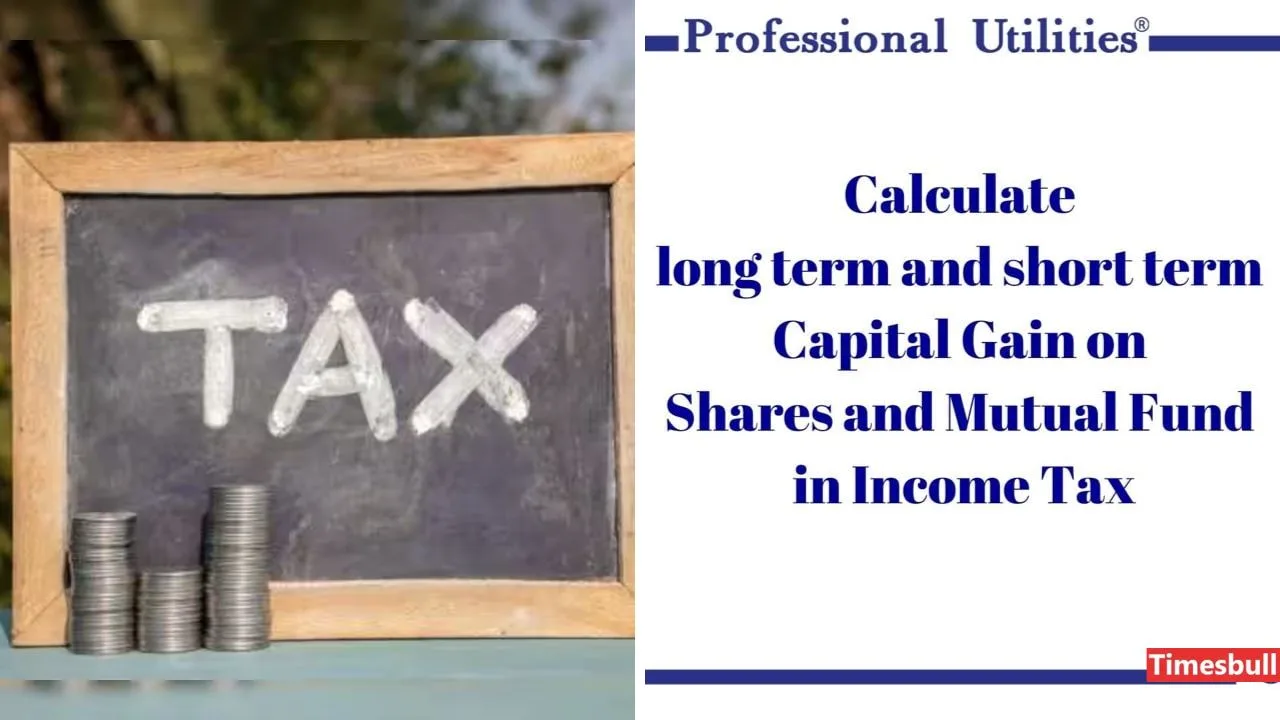Investors frequently encounter confusion when navigating the labyrinthine realm of taxation regulations pertaining to profits derived from their stock market endeavors. Though they recognize the obligation to remit taxes on such gains, the nuances involved in computing them often prove perplexing.
In the following guide, we endeavor to demystify the complexities inherent in calculating both short-term and long-term capital gains taxes on stocks, offering clarity and guidance to investors seeking to navigate this intricate terrain with confidence.
Maruti Suzuki Swift 2024: Booking, features, launch date and price
2024 Bajaj Pulsar 125: Powerful bike with powerful updates!
Long-Term Capital Gains
Long-term capital gains tax (LTCG) is a fiscal obligation that comes into effect when an investor divests equity shares after retaining ownership for a period exceeding one year. Under this taxation regime, investors are entitled to an exemption on gains from equity investments of up to Rs 1 lakh.
However, any capital gains exceeding this threshold are subject to a flat tax rate of 10 percent. Importantly, this tax imposition does not offer the benefit of indexation, meaning that the adjustment for inflation is not considered while determining the taxable gains.
To calculate LTCG, one must factor in the indexed purchase price of the asset, determined by adjusting the stock’s purchase price based on the prevailing inflation rate.
formula for LTCG calculation
LTCG = Sale value of long-term equity assets – (cost of asset acquisition + expenses incurred upon sale or transfer)
Short-Term Capital Gains
Short-term capital gains tax applies when stocks are sold within 12 months of purchase. STCG arises when the selling price exceeds the purchase price. The applicable tax rate for STCG is 15 per cent.
formula for STCG calculation
Short-term capital gain = Sale price of the share – (purchase price of the share + expenses on sale)
Capital Losses
Long-term capital losses (LTCL) can only be set off against other long-term capital gains and can be carried forward for up to eight years from the year of incurring the loss.
On the other hand, short-term capital losses (STCL) can be set off against both STCG and LTCG, and they too can be carried forward for eight years from the year in which the loss occurred.
Decision
Understanding the tax implications of stock market investments is crucial for investors to effectively manage their finances. By demystifying the calculation of both long-term and short-term capital gains taxes, investors can make more informed decisions and navigate the complexities of the equity market with confidence.




